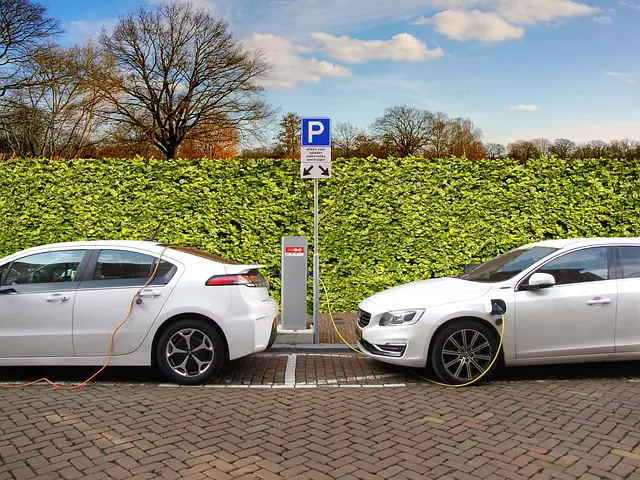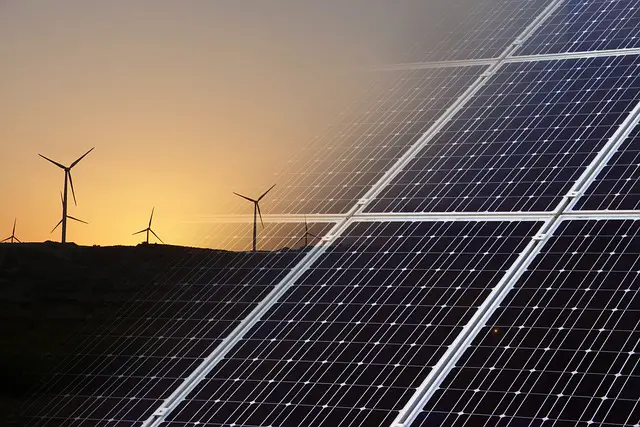The environment is the foundation of our existence. It provides us with the air we breathe, the water we drink, and the food we eat.
However, human activities have caused significant damage to our planet, leading to pollution, climate change, and loss of biodiversity.
Keeping the environment clean is crucial for our survival and the survival of other species on Earth.
By preserving the environment, we can ensure a healthy and sustainable future for ourselves and generations to come.
In this article, we will explore practical ways to preserve our environment and reduce our impact on the planet.
Reduce, Reuse, Recycle: Simple Steps to Minimize Waste
One of the most effective ways to preserve our environment is by reducing waste.
This can be done through simple steps like reusing items, recycling materials, and minimizing the use of disposable products.
By reducing the amount of waste we produce, we can help conserve natural resources and reduce pollution.
One way to minimize waste is by reusing items instead of throwing them away.
For example, instead of buying new plastic water bottles every day, you can invest in a reusable water bottles that can be refilled multiple times.
Similarly, you can bring your cloth bags when shopping instead of using plastic bags.
Another way to reduce waste is by recycling materials like paper, glass, and plastic.
Many cities have recycling programs that make it easy to dispose of these materials properly.
By recycling, we can reduce the amount of waste that ends up in landfills and conserve resources like trees and oil.
Finally, we can minimize waste by avoiding disposable products like paper plates, cups, and utensils.
Instead, we can opt for reusable alternatives like ceramic dishes and metal utensils.
These small changes can add up to make a big difference in preserving our environment.
Eco-Friendly Transportation: Alternatives to Cars and Planes
Transportation is a significant contributor to environmental pollution.

Cars and planes are known to emit harmful gasses that contribute to climate change.
However, there are several eco-friendly alternatives to these modes of transportation that can help reduce our carbon footprint.
One alternative is cycling or walking for short distances. Not only does this reduce pollution, but it also promotes physical activity, which is good for our health.
Public transportation such as buses, trains, and subways are also great options as they can accommodate more people at once, reducing the number of cars on the road.
Another eco-friendly option is carpooling. Sharing a ride with others going in the same direction helps reduce the number of cars on the road, thereby reducing pollution.
Additionally, electric cars are becoming increasingly popular as they produce fewer emissions than traditional gasoline-powered cars.
For longer distances, trains are a great alternative to planes.
Trains use less fuel per passenger than planes, making them more environmentally friendly.
Another option is taking a bus, which emits fewer greenhouse gasses than planes.
In conclusion, there are several eco-friendly alternatives to cars and planes that we can adopt to reduce our carbon footprint.
By choosing these alternatives, we not only help preserve the environment but also promote sustainable living.
Sustainable Living: Tips for Conserving Resources and Reducing Pollution
Living sustainably means making conscious choices to reduce our impact on the environment.
Here are some practical tips for conserving resources and reducing pollution in our daily lives:
1. Save Energy: Turn off lights and unplug electronics when not in use. Use energy-efficient light bulbs and appliances. Consider installing solar panels or using renewable energy sources.
2. Reduce Water Usage: Fix leaks, take shorter showers and use a low-flow toilet. Collect rainwater for watering plants and gardens.
3. Buy Locally: Support local farmers and businesses to reduce transportation emissions. Choose products with minimal packaging and avoid single-use plastics.
4. Compost: Food waste in landfills produces methane, a potent greenhouse gas. Composting reduces waste and provides nutrient-rich soil for gardening.
5. Plant Trees: Trees absorb carbon dioxide and provide oxygen. Planting trees in your yard or supporting reforestation efforts can help combat climate change.
By incorporating these sustainable living practices into our daily routines, we can make a positive impact on the environment and preserve it for future generations.
